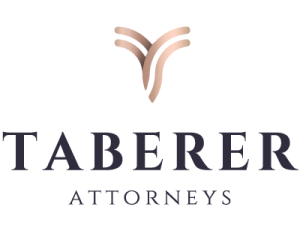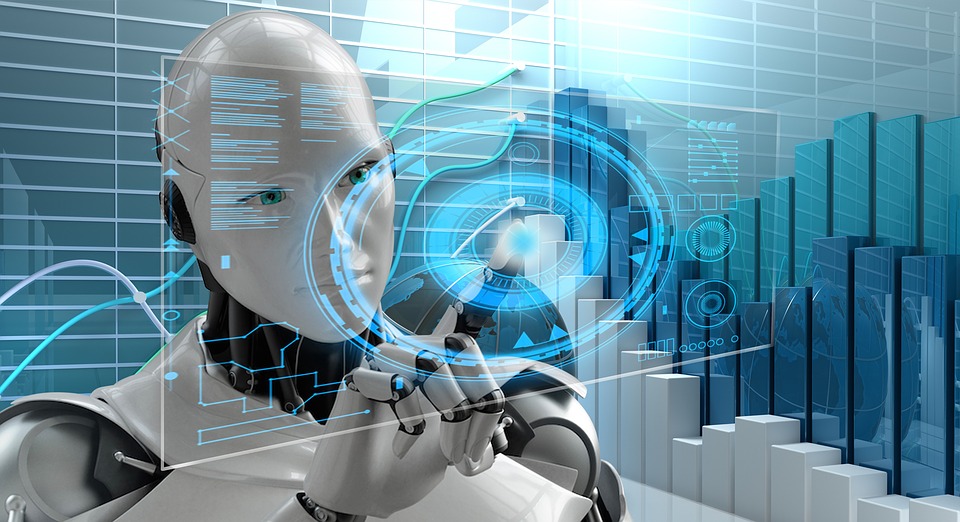Simply, Artificial intelligence (AI) is intelligence demonstrated by a machine, in contrast to that displayed by organisms. Typical AI is capable of perceiving its environment and taking action based on this perception in order to maximise its chance of successfully achieving its goals. AI spans the intelligence attributes of reasoning, knowledge, planning, learning and language processing.
Inherent in many AI systems is the use of algorithms which are capable of learning from data without the need for software updates. An algorithm is a set of unambiguous logical instructions that are programmed into a computer to enable the computer to solve a problem.
AI has developed in fits and starts since the term was coined in the 1950s. Development in this arena has accelerated in the last few years, driven by increases in system interconnectivity, cloud computing infrastructure, research tool and dataset availability and a decrease in the cost of all this.
AI and the implication to patent law
AI is becoming increasingly topical in all fields of human endeavour, so much so that it is described as being responsible for the 4th industrial revolution. It is anticipated that few, if any, fields of human endeavour will escape the relentless march of this revolution. Patent law is one such field that will have to adapt to this advance or risk being found irrelevant, no longer capable of achieving its stated goal of encouraging innovation.
There are a number of discrete issues up for consideration when discussing the implications of AI on patent law. These issues include:
- AI as an inventor;
- The eligibility of inventions based on AI;
- AI as an infringer of a patent; and
- The relevance of the current inventive step standard in the light of AI.
I’ll touch on each of these issues over the course of a series of articles on this topic.
In this article I’ll deal firstly with the issue of AI as an inventor.
Artificial intelligence as an inventor
The first known patent to have been issued for an AI generated invention is US 5,852,815, issued back in 1998. That particular AI was given a name: the Creativity Machine. This invention did have a human co-inventor and the involvement of the Creativity Machine in this invention was not disclosed to the US Patent Office. Thankfully, I would suggest. With the exception of Saudi Arabia, no legal system has developed to recognise AI as a legal subject, capable of holding rights and incurring liabilities. Saudi Arabia recently granted citizenship to Sophia, an AI powered robot. She becomes the world’s first AI citizen.
In the US, the Courts have consistently explained that the mental act of invention, i.e. to conceive of a complete and operative idea, requires a “natural” or flesh and blood person. Corporates thus are not capable of invention. They are however capable of owning an invention which was subsequently acquired from the inventor by an act of transfer.
In South Africa, an inventor, or a person acquiring the rights to the invention from the inventor, may apply for a patent to the invention. A “person” includes a natural person and a corporate (or juristic) person. There is no definition for the term “inventor”. With this issue not coming before the Courts, it is accepted practice that only a natural person can invent.
In both legal systems, the inventor is the initial owner of the invention. The application is incomplete if an inventor is not disclosed.
With AI as a co-contributor to the invention, the solution, as before, would be to list the human co-inventor as the inventor. However it becomes a potentially intractable problem if the invention is generated entirely by AI.
To solve this upcoming problem, the law will have to change either by recognising AI as a legal person or to allow applications to be filed in which the inventor is not listed, if AI is the inventor. In this scenario, the rights to the patent will accrue, by law, to either of the owner or developer of the AI.
Author: Roy Taberer

